This post is part of our Love Letter series: first-person accounts of what we love about Lisbon.
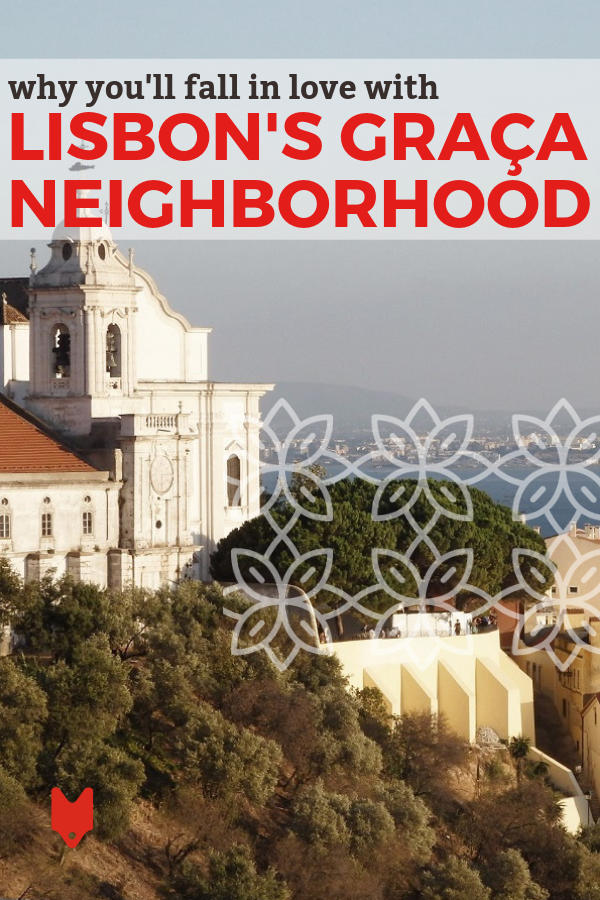
Photo Credit: cityodes, Text Overlay: Devour Lisbon Food Tours
Coming from the seaside town of Cascais, Lisbon felt like a foreign land at times.
I never even heard of Graça before I moved here and it would have probably taken me a lot longer to discover it, have I not met my Italian housemate Elisa.
House-hunting in Lisbon wasn’t always as hard as it is today. I only had to meet one person and the next thing I know I’m standing on a new terrace, overlooking the Tagus river and holding the keys for my first apartment.
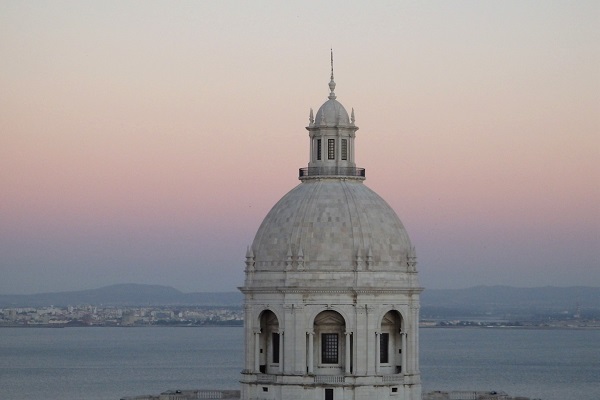
I still remember the first time I went out to explore my neighborhood. Everything was new and unfamiliar. A lot has changed in the three years I’ve lived here.
That small brewery I found in a garage once, now owns the first craft beer kiosk in Lisbon and a bar not too far away. Its name is Oitava Colina, the eight hill, and if you’ve lived in Graça, you would know why.
Lisbon is not like Rome and San Francisco, famous for its seven hills. We have eight hills in Lisbon, and of course, I ended up in the highest of them all.
Living in Graça does have its perks, like the miradouros (viewpoints). We have not one, but two of the best viewpoints in Lisbon.
There is Miradouro Sophia de Mello Breyner Andresen, which most people know as Miradouro da Graça and further up there’s Miradouro da Senhora do Monte.
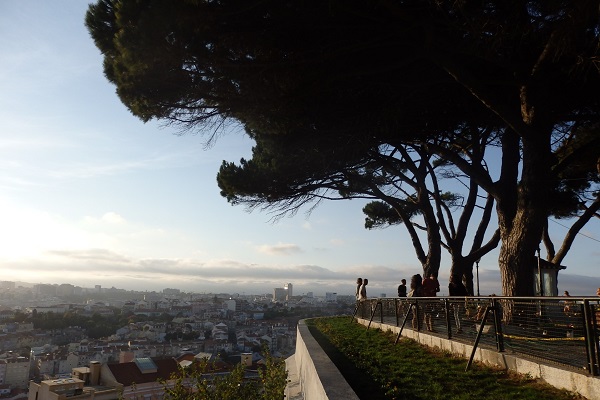
Most people don’t even bother coming this far… Photo credit: cityodes
You can see how Graça has become popular, by the number of people hanging around the viewpoints. When I first came to Graça, there was barely anyone sitting by the Miradouro da Graça, let along Senhora do Monte.
Most tourists were content with the viewpoints in Alfama, and not many would venture this far. Somehow the secret got out, and now it’s nearly impossible to enjoy a sunset without being surrounded by tourists.
But that’s okay, Graça hasn’t lost its charm just yet. Yes, there are more bars and restaurants around, but that only makes it more desirable to live here.
In the past, Graça was the home of noble palaces, like Vila Sousa and religious sites such as Convento da Graça, which still stands today.
After the 1755 earthquake, things changed. Most of the city got destroyed, and many workers fled to Graça to live since it was still close enough to the center, and the land was cheap.
And then in the 20th century, came the railway in Santa Apolónia which revolutionize the whole neighborhood. Suddenly, this was the home of the working class.
Villas were built to house the workers and workshops emerged everywhere. Like most communities, Graça needed entertainment, and so the Royal Cine was born, a cinema for the locals.

Today it’s hard to imagine that the first sound film screened in Lisbon had its debut here. How could you, when all that stands there now is a general supermarket?
Luckily the old façade remains as a memory of the building’s former glory. If you happen to take the tram 28 all the way to Graça, you might catch a glimpse of it!
Walking through these villas now is like finding a neighborhood within a neighborhood. My favorite villas in Graça are Estrela d’Ouro and Vila Berta.
The first one translates as “Golden Star” which is a recurrent motif here. You can find it on the cobblestones, shaped in the wrought-iron balconies, and even in the tiled façades.
Vila Berta, on the other hand, is much smaller, and the only time it gets busy is in June with Lisbon’s festivities.
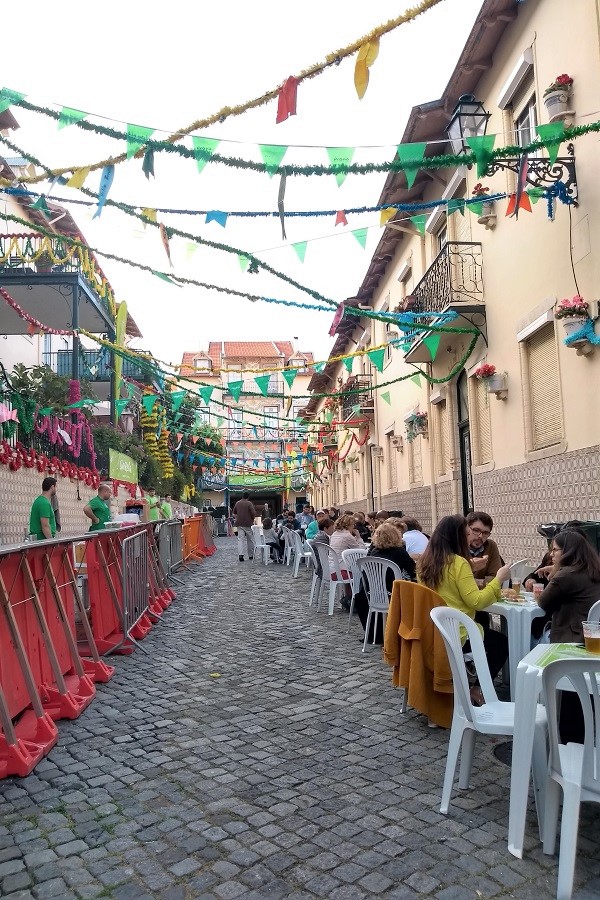
Like any other Lisbon neighborhood in June, Graça dresses up for the occasion with colorful bunting, loud pimba music, and food stalls selling grilled sardines.
It’s the best and the worst time to be in Graça. The best, because there’s a party atmosphere in the air, and the worst because lots of people come here, and the streets are so packed you can barely move!
For the rest of the year, Graça is pretty quiet. You can still spot locals eating at O Satélite, walking their dogs at the fairly new Jardim da Cerca da Graça, and picking up their kids from school.
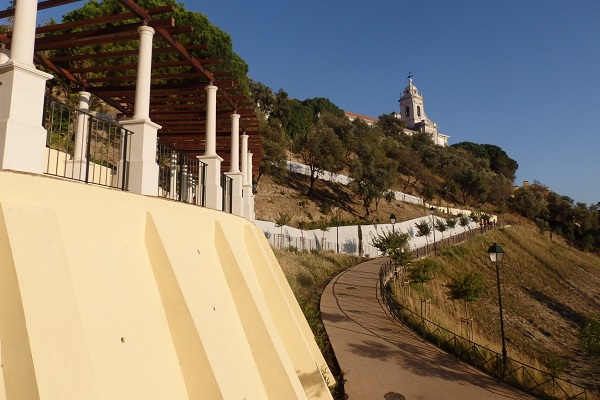
Photo credit: cityodes
But as the years go by, more foreigners have made it up the hill, and Graça has become their home too. That’s why there’s now a creative co-working space like Heden, a breakfast spot like Maria Limão, and a series of cool bars like Damas, Má Língua, and the Taproom Oitava Colina.
As I prepare to leave for a new adventure in a foreign land, I wonder what else will change when I’m gone.